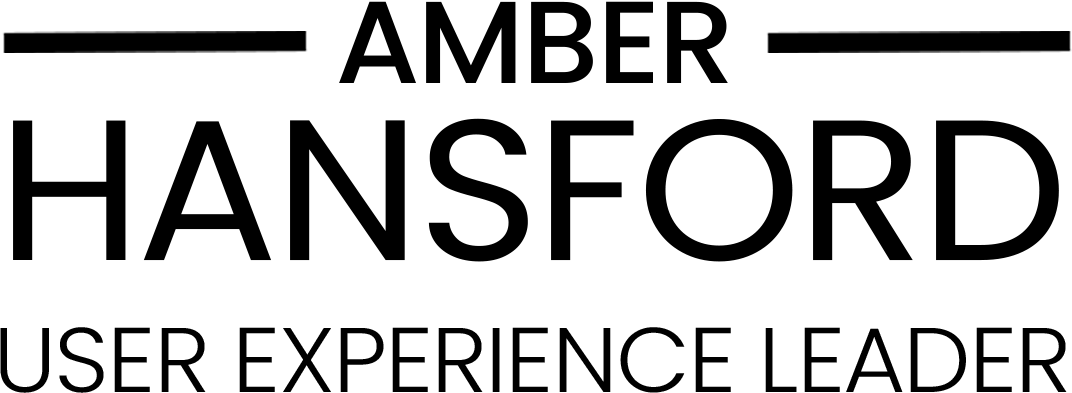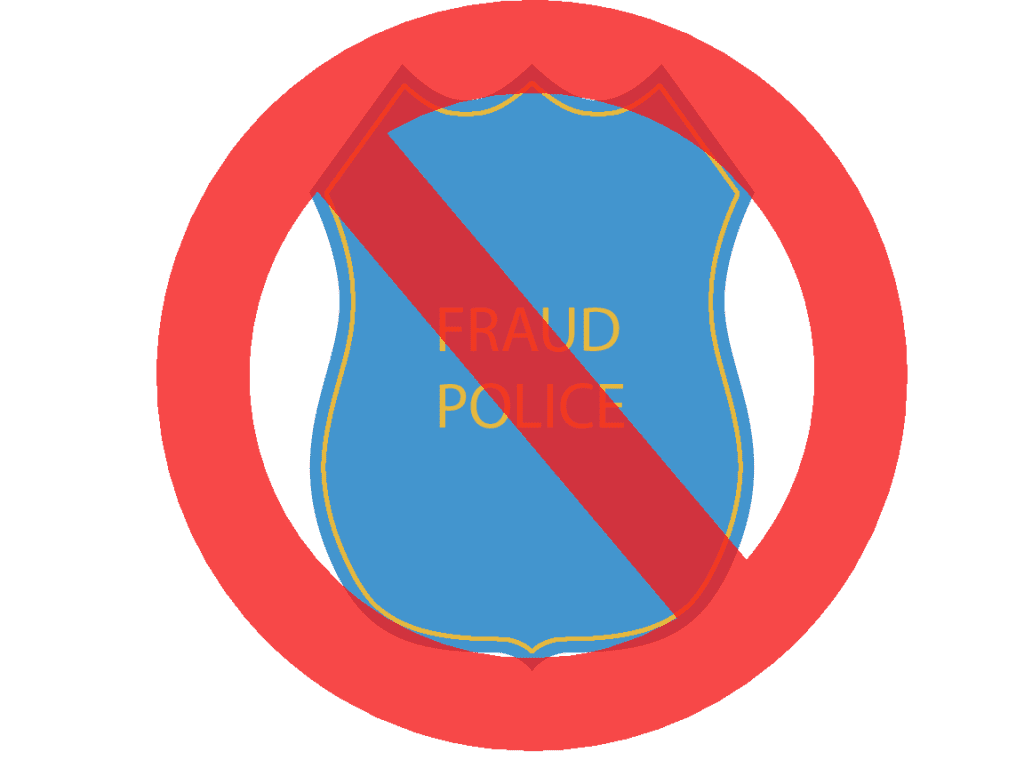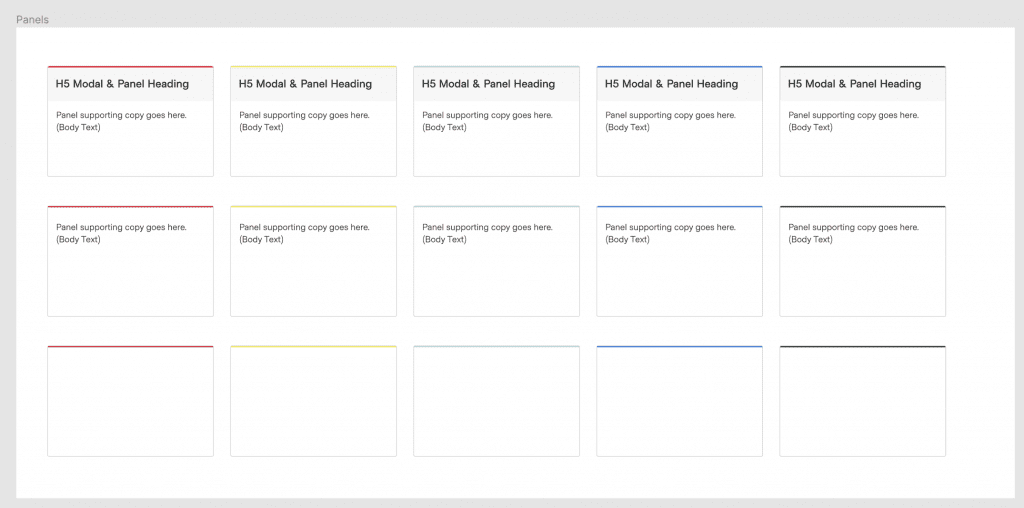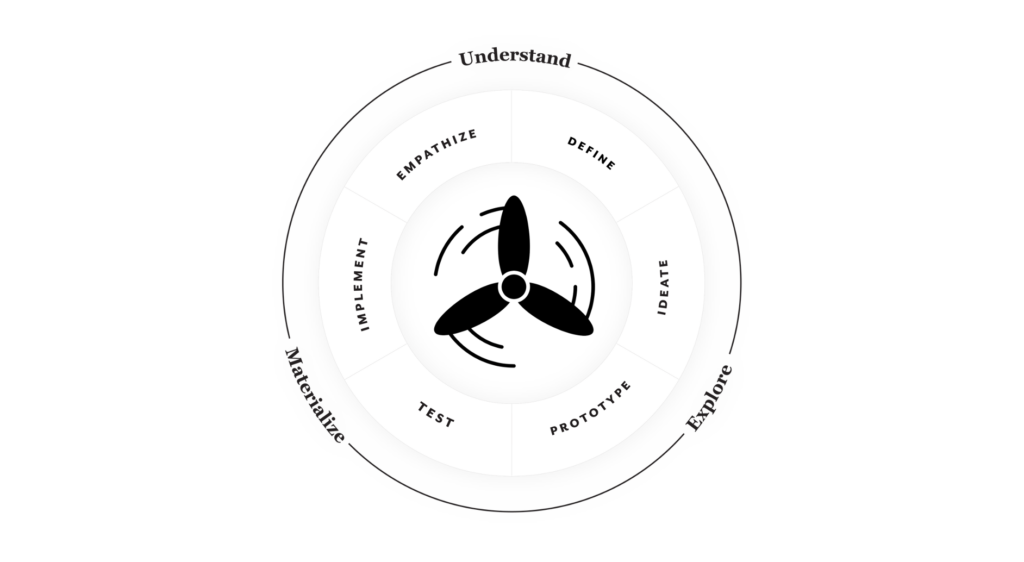Empathy:
em·pa·thy
/ˈempəTHē/
noun
the ability to understand and share the feelings of another.
When I was a developer, I generally did whatever it was that I was given to produce without much thought. Did I take pride in my work? Of course. I didn’t think too much usually about the people using whatever I was building outside of whether or not they met the specs I was given. Working on league-level sites, everyone had their lanes, and my job was to build the site.
As I started freelancing as a designer and developer, I found that if I cared more about my clients and the projects, the better the end product was. And the more fulfilled that final hand-off made me feel. Being able to understand their problems and frustrations became an integral point of where my freelance business tended to diverge from most of my competitors in the same space, and I built a decent side hustle via near-only referrals. Being able to suss out the needs and problems that my clients were facing became a trademark of my side hustle.
It took me a while to gain confidence in what I was doing when I started as a Product Manager. Hell, some days I still suffer from Imposter Syndrome, but I’ve found a little bit of a secret weapon to keep in my arsenal when I feel that I’m starting to lose my way – Finding Empathy with the Product and the Customer.
Both are important, but depending on the product and the customer, it’s easier sometimes to find that connection with one over another. I’ve also experienced finding empathy with one and thinking that I’d never find that empathy with the other as well.
Asking (The Right) Questions
The best place to start to develop this empathy is to ask questions. Like any good user interview, you should let the customer lead the discussion, and leave your assumptions at the door. The art of listening is integral to the success of being a product manager, and I feel like I’ll need a dedicated post for tips and tricks on that one.
So, I’ll leave it to start with is you’re looking at a great ratio if you speak at least half as much as your customer is speaking in your interview(s). Always record these interviews, and always ask if they’re comfortable in a recording. The interview is just the start, and honestly, I’ve found to truly find empathy with the customer and the product, you may need to use this initial interview as a way to develop a real rapport with your customer.
No UX? No Problem.
I’ve worked for companies that have had a full complement of UXers to help you synthesize all that lovely data you just gathered, and I’ve worked at companies that have had just one or no UXers available. If you have a UX team, don’t leave them alone to synthesize – make sure you’re in that room, working through all of the interviews with them. I’ve been without any UX support more often than having it, so a lot of the following may sound like overkill if you have a UX team by your side. Never fear – even if you have a supportive UX team, you need to be just as hands-on as they are to truly understand your customer.
If you’re on your own, and you don’t have the energy or time to run a full synthesis on the data is to listen deeply. Figure out what are the real problems that they’re facing, not just what they are wanting you to build. Your job isn’t found in the “How are we going to build this?” but more in the “What problem will we solve for the customer?”. There are plenty of times that the customer will tell you that they’re looking for Product ABC, and really what they need is Product XYZ to solve the problem that they’re facing.
Try to work through this debrief as soon as you can after the interview. The recordings are great to figure out things, but those moments just after leaving the interview when things are truly fresh are when you can remember that twinge that your customer had when talking. You can feel that twinge of disappointment that they shared without talking.
Re-run those interviews after your initial debrief. There, you can listen out for the things that your customer can’t talk about, whether it’s on purpose or accidentally with a stronger ear. Just like in the initial interviews, leave any potential assumptions at the door. Interviewing bias is a real issue that some can overcome easier than others.
Now What?
Just because you’ve gone through the data doesn’t mean that you’re done. Don’t get me wrong, I don’t like making any decisions without data, but data doesn’t feel the pain of the problems that your customers are facing. All it does is shine a light on those problems. Here’s where it may be easier to find if you’re empathizing more with the customer or the product. The goal is to find empathy in both, but you’ve gotta start somewhere, right?
Before I go in for a full user persona, I like to do an Empathy Mapping. Now, empathy mapping is not a journey map (those come later on) – an empathy map is a lot closer to a rough user persona. While you’re building out your empathy map, you’ll figure out pretty quickly if your fledgling empathy lies closer to the customer, or closer to the product.
If you’re still having trouble finding that common ground with the customer after running through an empathy mapping, you might find moving into a Journey Mapping is more your speed after building out user personas. When I find that the journey map flows quickly and smoothly, I’ve usually found that fledgling empathy lies closer to the product, not the customer.
The Last Bit (I promise)
With either of these two artifacts, the key here is to find out where the heart of the problem is. You’re there to be the voice of the customer, right? You need to be the subject matter expert in regards to your customers’ problems. Walking a (sometimes virtual) mile in their shoes to feel like they do should be a foundation stone in your process. Otherwise, you could end up building out a great product that your customers will never use.





